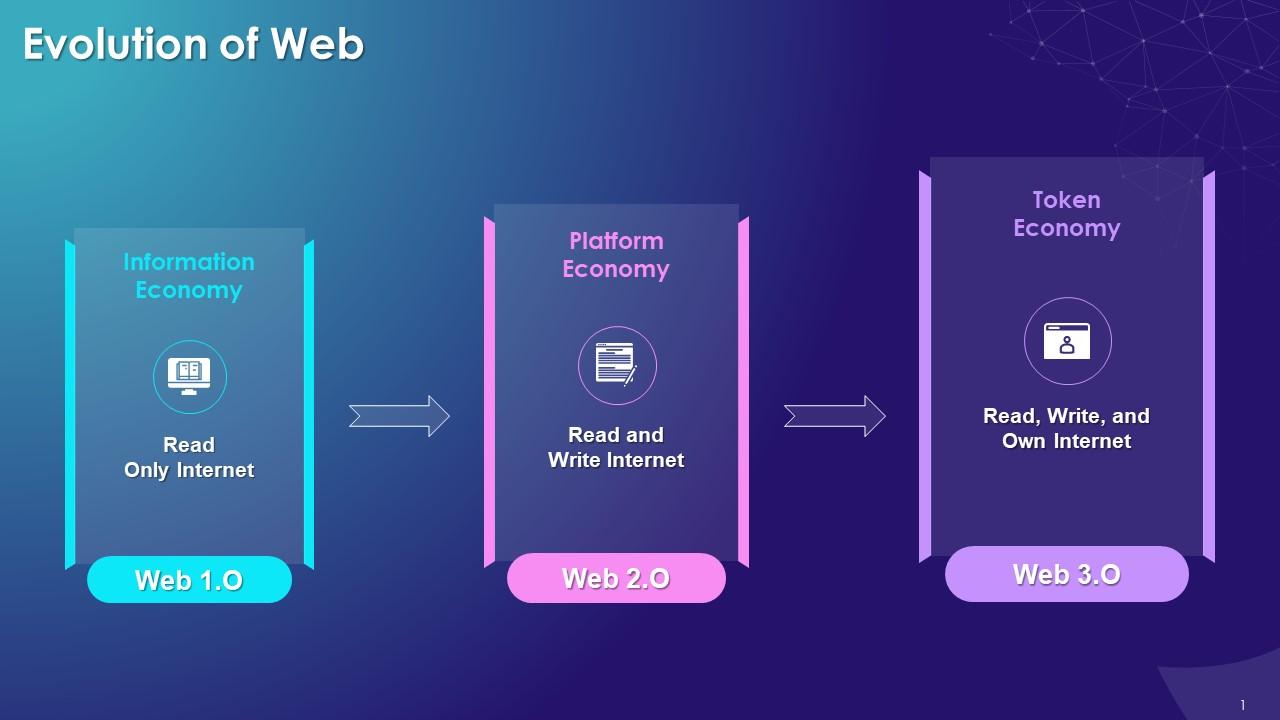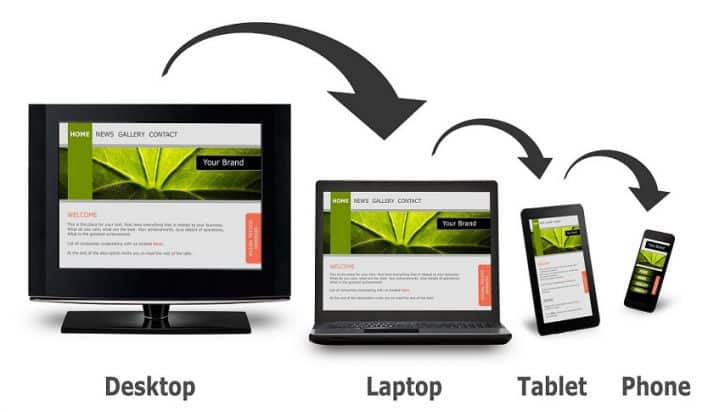Since its inception, the internet has seen a remarkable shift, and its websites have also undergone this transformation. Digital experiences that were once straightforward text-based websites have developed into more complicated, interactive, and graphically appealing versions of themselves. It is a story of innovation, adaption, and the unrelenting search of better user experiences that the journey of website evolution has been. In the following paragraphs, we will discuss the significant turning points in the development of websites and the ways in which these events have influenced the online world as we know it today.

The Early Days: Text-Based Websites
At the beginning of the 1990s, the internet was still in its infancy, and websites were extremely basic in comparison to what they are today. Initial websites consisted of straightforward text-based pages that lacked any graphics or multimedia elements and had restricted functionality.
Tim Berners-Lee and the World Wide Web
Tim Berners-Lee, who is credited with developing the World Wide Web in 1989, is considered to be the one who initiated the genesis of the evolution of websites. WorldWideWeb, the first web browser and editor, was his creation, and it was this development that signaled the beginning of the internet as we know it today. The primary purpose of these early websites was to facilitate the exchange of information. They were distinguished by their fundamental structure, which consisted of hyperlinks connecting individual pages.
Static HTML Pages
The very first websites were constructed with the help of HTML, which stands for hypertext markup language. These pages were simple, with the content being hard-coded into the HTML files in an easy manner. It was necessary to manually adjust the HTML code in order to make any changes to the website because there was no dynamic content. These websites, despite their apparent lack of complexity, were crucial in laying the groundwork for contemporary online design.
The Introduction of Multimedia: The Rise of Web 1.0
Due to the increasing popularity of the internet, there has been an increase in the need for websites that are both visually appealing and interactive. In the middle to late 1990s, the first version of the World Wide Web (Web 1.0) emerged, which was distinguished by the incorporation of audio, video, and image material.
Graphical Web Browsers
Mosaic, which was released in 1993, and Netscape Navigator, which was released in 1994, were two examples of graphical web browsers that changed the web. Users were able to view images alongside text in these browsers, which made websites more interesting and visually appealing to the attention of visitors. Tables and frames were also introduced during this time period, which enabled designers to construct layouts that were more structured.
The Birth of Flash and Animated Content
During the latter part of the 1990s, Macromedia Flash, which was subsequently purchased by Adobe, became a widely used application for the production of animated and interactive content for the web. Designers were able to incorporate animations, games, and other forms of multimedia experiences into websites by using Flash. Despite the fact that Flash was revolutionary at the time, it had certain drawbacks, such as poor loading times and compatibility concerns with certain devices.

The Dynamic Web: The Emergence of Web 2.0
Beginning in the early 2000s, websites began to undergo a transition from being static to becoming dynamic and user-driven platforms. An entirely new age of user-generated content, collaboration, and interactivity was ushered in with the advent of Web 2.0.
Content Management Systems (CMS)
The proliferation of content management systems (CMS) such as WordPress, Joomla, and Drupal was one of the most significant innovations that occurred during the Web 2.0 era. Without having to write code, these platforms made it simpler for individuals and organizations to construct and administer websites because they eliminated the requirement for doing so. Users were able to make real-time updates to their websites by using content management systems (CMS) that supported dynamic content.
Social Media and User-Generated Content
In addition, the growth of social media platforms such as Facebook, Twitter, and YouTube coincided with the advent of Web 2.0. These platforms made it possible for users to generate and distribute content on a worldwide scale. The internet became a more interactive and collaborative platform as a result of this move toward user-generated content. Users were able to interact with one another and participate to the conversation that was taking place online.
The Mobile Revolution: Responsive Design and Mobile-First Websites
In the latter part of the 2000s, the introduction of smartphones brought about yet another big revolution in the design of websites. As more people began using mobile devices to access the internet, websites were required to adjust their layouts to accommodate a variety of screen sizes and resolutions.
Responsive Web Design
As a response to the difficulties that are brought about by mobile devices, responsive web design came into being. The usage of this method enables websites to automatically alter their layout and information to conform to the dimensions of the screen of the device that is being utilized. This ensures that the user experience is uniform across all devices, from desktop computers to mobile phones, thanks to responsive design.
Mobile-First Design
As the amount of traffic on mobile devices surpassed that of desktop computers, web designers started focusing on mobile devices when designing websites. In this approach, the mobile version of a website is designed first, and then the website is scaled up to fit larger displays. To meet the requirements of customers who are constantly on the move, mobile-first design places an emphasis on quick loading times, user-friendly navigation, and interfaces that are compatible with touch devices.
The Modern Web: Interactive and Immersive Experiences
Compared to previous generations, websites of today are more user-friendly, dynamic, and immersive than ever before. The development of technology has made it possible to create websites that are not only visually appealing but also highly functional and entertaining for their users.
JavaScript and Single-Page Applications (SPAs)
Because it enables the building of websites that are both dynamic and interactive, JavaScript has emerged as an essential component of contemporary web development. SPAs, which stand for single-page applications, are a perfect example of this. They provide a smooth user experience by loading all of the essential content onto a single page. Single-page applications (SPAs) do away with the requirement of reloading pages, which results in a more fluid user experience and speedier navigation.
Augmented Reality (AR) and Virtual Reality (VR)
The incorporation of augmented and virtual reality (AR and VR) into websites is expanding the scope of what is feasible on the internet. E-commerce websites are now able to provide virtual try-ons, real estate websites are able to offer realistic property tours, and educational platforms are able to deliver interactive learning experiences. Augmented and virtual reality are making the web a more immersive and interesting environment for users to interact with.
The Future of Website Evolution
The process of website evolution is not even close to being finished. The future of web design and development will be shaped by new trends and breakthroughs that emerge as technology continues to evolve.
Artificial Intelligence (AI) and Machine Learning
Artificial intelligence (AI) and machine learning are on the verge of bringing about a revolution in the way websites are constructed and experienced. These technologies will improve user interactions and streamline the procedures involved in web development. Such technologies include tailored content recommendations and chatbots driven by artificial intelligence. There will also be a role for AI in enhancing the performance of websites, boosting search engine optimization, and providing greater insights into the behavior of users.
Sustainable Web Design
Designing websites in a sustainable manner is becoming increasingly crucial as concerns about the environment continue to grow. Through the optimization of energy consumption, the utilization of green hosting providers, and the reduction of data usage, future websites will direct their attention toward lowering their carbon footprint. Designing websites in a sustainable manner will not only be beneficial to the environment, but it will also improve the performance of websites and the user experience.
Conclusion: The Ever-Evolving Web
The path that a website has taken to evolve is a demonstration of the power that comes from being innovative and adaptable. The evolution of websites has come a long way since the days when they were mostly composed of text-based pages. Today, websites offer experiences that are dynamic, interactive, and immersive. Taking a look into the future, it is evident that the evolution of websites will continue, with new technologies, user needs, and environmental considerations being the driving forces behind this progress.
It is essential for companies, designers, and developers to stay one step ahead of these developments during their development. If you are willing to embrace new trends and technologies, you can make certain that your website will continue to be relevant, competitive, and capable of satisfying the ever-evolving requirements of users in this era of digital technology.






